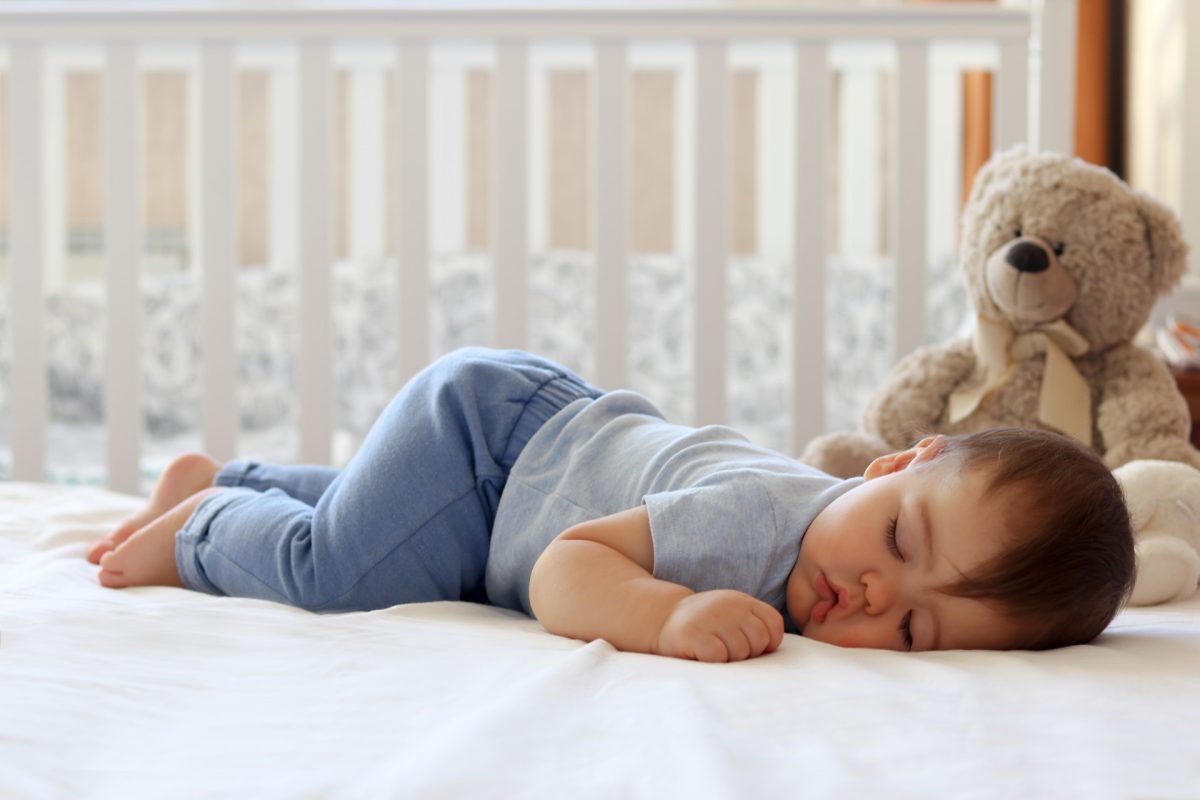
For a lot of people and a lot of reasons, parenting can be a sensitive subject. When it comes to babies, few subjects are as important as sleep. When it comes to this subject, few areas are as controversial as co-sleeping.
At a glance, bringing your infant into your bed at night can seem like a cute and cuddly practice with no real downside – especially if you’re looking for sleep training alternatives and you just cannot find the best method. But a close look at the science shows it can carry serious risks. The decision you make on co-sleeping depends not only on your own preference but in how you define the term and evaluate the potential dangers — which can be life-threatening to your baby.
Will co-sleeping work for you and your child? Is it bad to sleep with your toddler? What are the potential advantages of co-sleeping? Here, we’ve described the practice and summarized its pros and cons, so you can make the best decision for you and your child.
What is co-sleeping?
Co-sleeping is a term coined to describe the practice of parents and their children (typically meaning babies, toddlers, and young children) sleeping in the same bed.
However, in recent years the definition has changed a bit to mean sleeping in close proximity to your baby — in other words, in the same room as opposed to in the same bed, with bed-sharing now being the preferred term for the former practice.
Because different recommendations apply to different definitions, we’ll use both terms here.

The pros of co-sleeping
The most obvious benefit of bed-sharing with your baby is the extra bonding time afforded by the practice.
It’s hard to say no to a baby who’s calling out for his or her parents — or to resist that naturally warm feeling you get when your little one is snuggled up beside you. And if it helps keep your baby from crying or waking up in the middle of the night, which leads to a more restful night’s sleep for all involved, well, so much the better.
Proponents also point to the ease of breastfeeding when both mother and baby are lying next to each other in bed — a potential benefit that makes sense, at least on its face value, given the close proximity.
The benefits of co-sleeping – i.e., sleeping in the same room but not the same bed – are clearer. When a crib or bassinet is near the bed, it allows parents to better control the feeding schedule and respond more quickly to their baby than if the crib were in another room.
The cons of co-sleeping
Unfortunately, medical research shows that while co-sleeping can be safe and beneficial, bed-sharing is far from it.
The flip side of such close proximity is that children can come to rely on this comfort and think of your bed as their primary sleeping space. This means that as babies get older and turn into toddlers, bed-sharing can become an increasingly difficult habit to break, even after it has lost its charm. (And if you think that’s impossible, wait until your 4-year-old wakes you up with an inadvertent kick to the face.)
But there’s an even scarier risk to bed-sharing that you may not be aware of: It increases the risk of Sudden Infant Death Syndrome (SIDS) and other sleep-related fatalities.
A 2014 study found that nearly 70% of children under 1 year of age who died as a result of sleep-related causes were bed-sharing at the time of death. This sobering statistic will likely give pause to anyone considering bed-sharing with their young children.
However, in the first six months of your baby’s life, co-sleeping (but not bed-sharing) can actually reduce the risk of sleep-related death.
So, what should you do?

What do the experts recommend?
There can be a lot of cross-talk on the topic, but fortunately it is one that is well-studied in the medical community. With approximately 3,500 infants dying on average each year in the United States from sleep-related causes, it’s certainly a topic that doctors and scientists take very seriously. Although an occasional night of bed-sharing probably isn’t exceedingly dangerous, making it a nightly practice is not advised.
The American Academy of Pediatrics has established several recommendations that can reduce risks while maximizing closeness and bonding between you and your infant.
Those recommendations include:
- Infants should sleep in the parents’ room, but not in the same bed. This means the baby’s crib, pack-and-play, or bassinet should be in the parent(s)’ or guardian(s)’ bedroom for at least six months.
- If you feel you may fall asleep during a feeding or any other time, try to do it in a sitting position on a sofa or armchair.
- If you inadvertently fall asleep while feeding your baby in bed, return the baby to his or her sleeping area as soon as possible upon waking.
Bed-sharing is dangerous and not advised by medical professionals. However, sleeping in the same room with your baby until the baby is about a year old is recommended to help establish feeding rhythms and quick response to potential problems.



